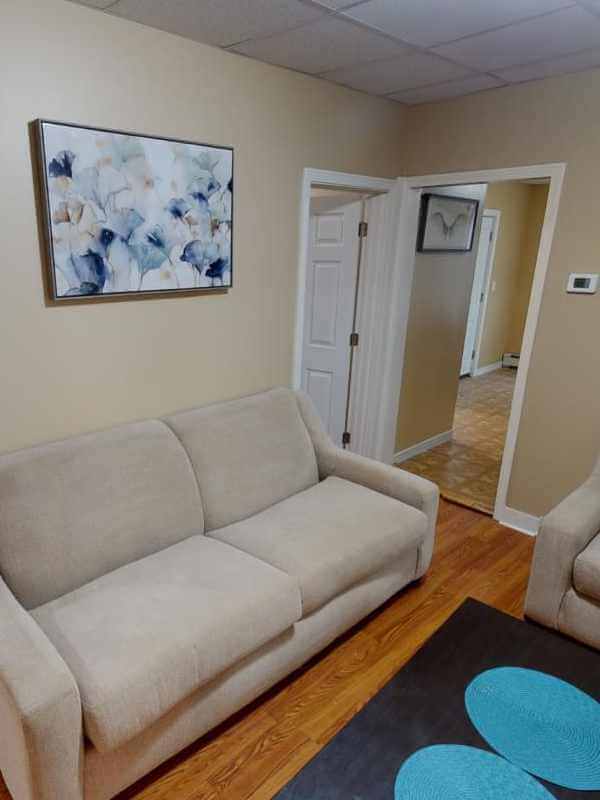Content
The information provided by AddictionHelp.com is not a substitute for professional medical advice. View our editorial content guidelines to http://landreform.ru/t/1247556 learn how we create helpful content with integrity and compassion. The use of this website is subject to our privacy policy and disclaimer.

There is no time limit on how long someone can live in a sober living house. While meeting attendance and household duties may be required, there isn’t regimented treatment programming present in the home. The terms halfway house and sober living house are often loosely interchanged, there are differences. A halfway house is usually less structured and allows for its residents to have more personal freedoms while they maintain the necessities of sobriety to live in the house. A sober living home is often for those that are still in some aspect of clinical treatment, like an IOP or OP program.
What Is a Sober Living Home?
Instead, they required applicants to begin their sobriety before approaching the sober house. Recovery programs filled the gap by initiating abstinence and including detoxification. It often acts as a bridge between rehabilitation and preparing members to live independently – drug- and alcohol-free. While residents aren’t required to have completed a rehab program before entry, many of them have.
- Make a business plan to identify your goals and streamline the process of opening your sober living home.
- Our recovery team and our clinical team work hand-in-hand to address all your needs.
- Some residents also pay for sober housing through scholarships, loans or credit cards.
- Zero-tolerance SLHs will evict residents in violation for any breach of their requirements.
Recovery journeys can be long and involve several attempts in order for people to resolve their problems. Treatment can be part of this for many, but there are multiple https://worldinwords.net/coffeedelia-almaty-kazakhstan/ factors outside of treatment that also influence outcomes. Jessica Kitchin is the Clinical Program Manager/Primary Therapist at Recovery Institute of Ohio.
How Sober Living Houses Work
The homes may also be near an outpatient treatment center or on the campus of residential rehab facility. There is no in-house treatment or requirement to attend a specific recovery program, but 12-step participation is popular in Oxford Houses. A new house member must be interviewed by current residents and must receive an 80 percent vote of approval to be accepted. Sober living homes (also known as recovery homes, halfway housing, and transitional housing) are group residences for people in addiction recovery. Members of a sober community commit to staying sober during their stay in the home and may participate in random drug testing.
- It is an alternative to going from an immersive care environment straight to a totally unstructured environment at home.
- Neither type of program is the same as a residential inpatient program.
- Your sober living house should not only provide a safe place to live but resources that may be challenging to access outside of the sober living arrangement.
- Average rent for a four-bedroom sober living home, for example, should be $900 per room per month, which may legally be broken down into two people per bedroom (dorm-style) for $450 per month per person.
Despite the enormous need for housing among the offender population, SLHs have been largely overlooked as a housing option for them (Polcin, 2006c). This is particularly concerning because our analysis of criminal justice offenders in SLHs showed alcohol and drug outcomes that were similar to residents who entered the houses voluntarily. The two types of recovery houses assessed in this study showed different strengths and weaknesses and served different types of individuals.
How Effective Are Halfway Houses?
Chris Carberg is a visionary digital entrepreneur, the founder of AddictionHelp.com, and a long-time recovering addict from prescription opioids, sedatives, and alcohol. Over the past 15 years, Chris has worked as a tireless advocate for addicts and their loved ones while becoming a sought-after digital entrepreneur. Chris is a storyteller and aims to share his story with others in the hopes of helping them achieve their own recovery. Those who were not ready to put the work in (in recovery terms) were felt to have a detrimental effect on others. The threat of relapse was a “critical challenge.” When others relapsed, there was a vicarious suffering as the bonds that develop in a communal living houses can run deep. As you work to establish your sober living home, it is best to leverage all marketing tools available to you.
Do you have to pay for the I Am Sober app?
I Am Sober is an addiction support app that tracks progress, sends motivational messages, and connects users to a community of people struggling with the same addiction. The basic version of I Am Sober is free to members.